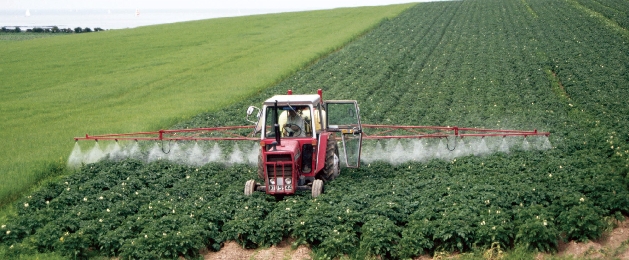Protect the Water Supply
Surprisingly, one of the biggest sources of water pollution is the erosion of land. Sediment, or bits of soil, washing into streams and oceans can kill organisms. So by preserving plants that grow naturally, we can prevent soil erosion and also protect the water. This helps the planet.
Toxic chemicals also threaten our water supply. Sometimes fertilizers wash off the land. They end up in the rivers, lakes, streams, and groundwater. Groundwater in springs and wells is the main source of drinking water for many people. Chemicals in the fertilizers that kill weeds and insects also can kill fish. They also pollute drinking water. Some poisons remain in the sediment for many years.
Action is being taken, however, to protect our water supply. Farmers are using less fertilizer or fertilizing their crops less often. Industries are being forced to pay large fines when they pollute. Some have reduced their output of hazardous waste and made other improvements to obey the Clean Water Act.
| How much water does each person in the U.S. use per day? | |
|---|---|
| It is estimated that a person in the United States uses about 379 liters (100 gallons) of water each day. What is this water used for? | |
| Bathing | 76 liters (20 gallons) |
| Running a dishwasher | 15 liters (4 gallons) |
| Flushing a toilet | 91 liters (24 gallons) |
| Drinking and cooking | 8 liters (2 gallons) |

A farmer sprays pesticides on a field. Pesticides eventually “run off” into streams and groundwater, polluting the water we drink.